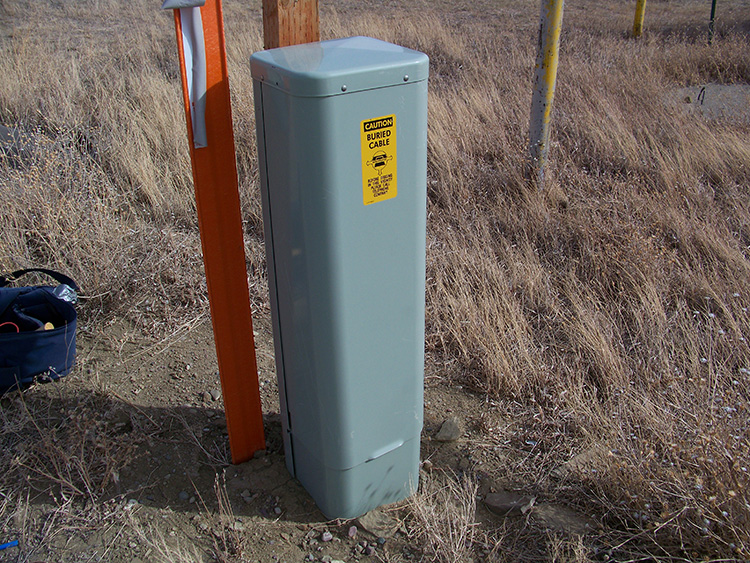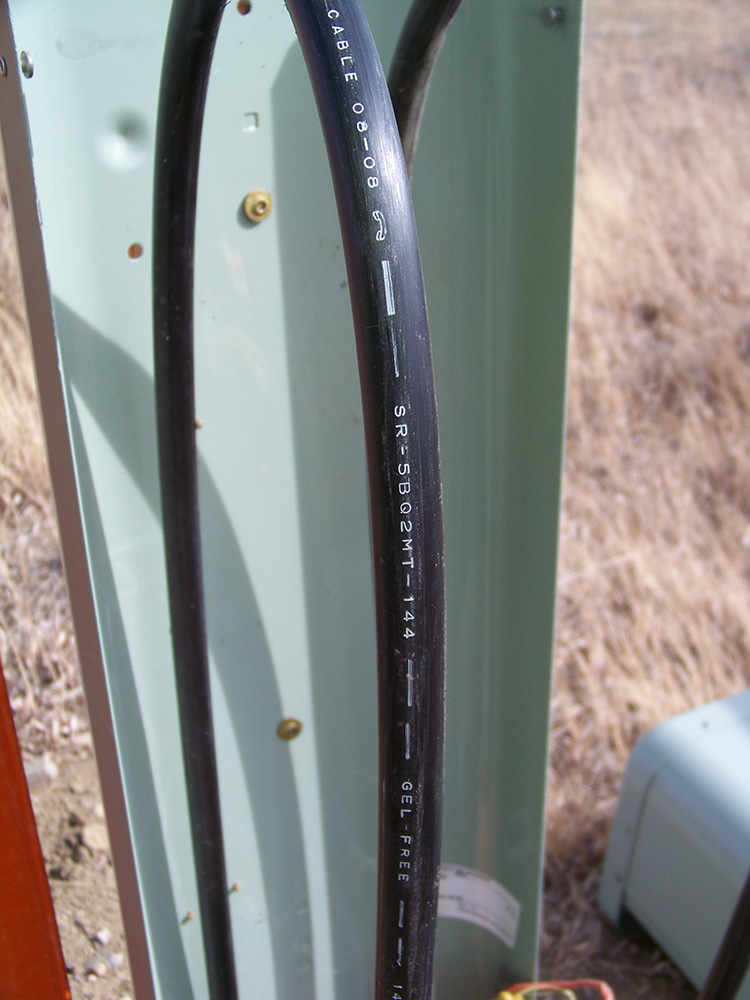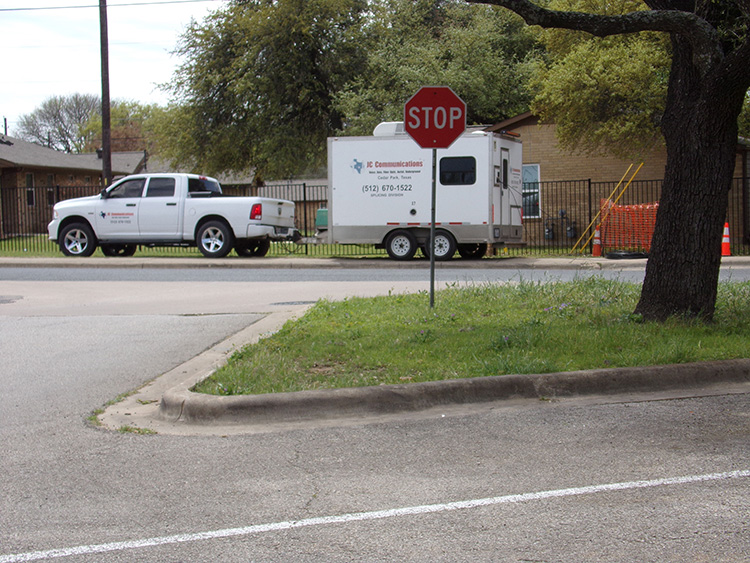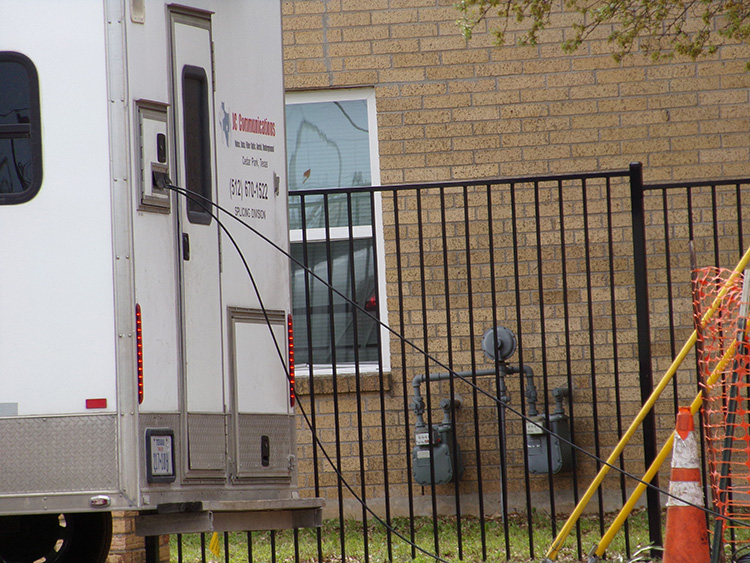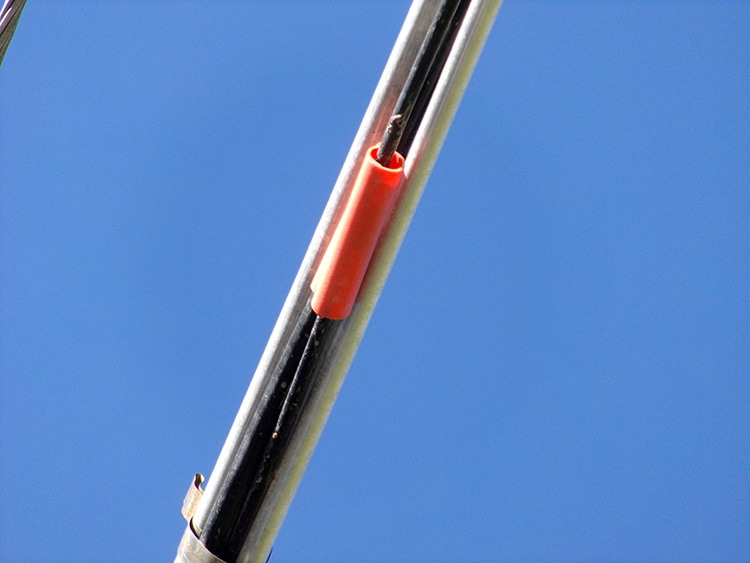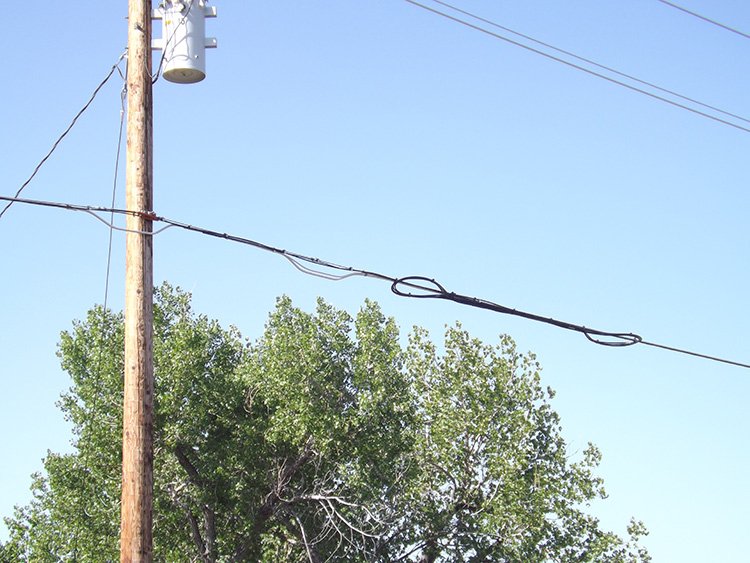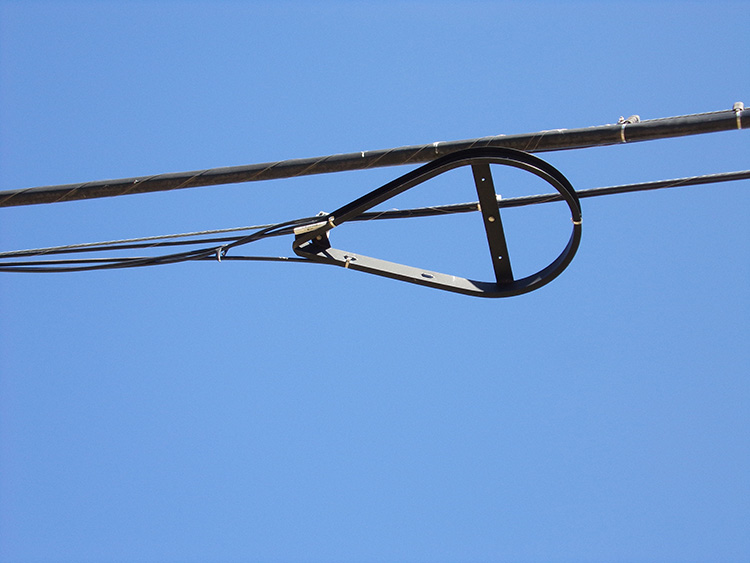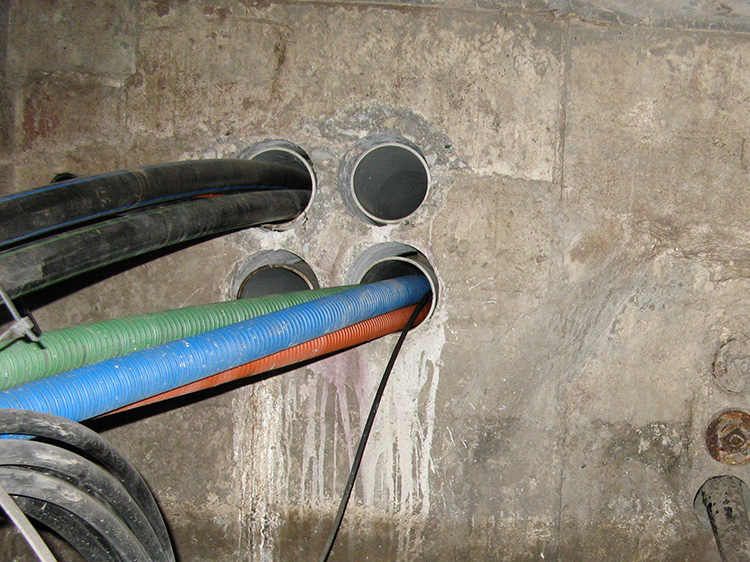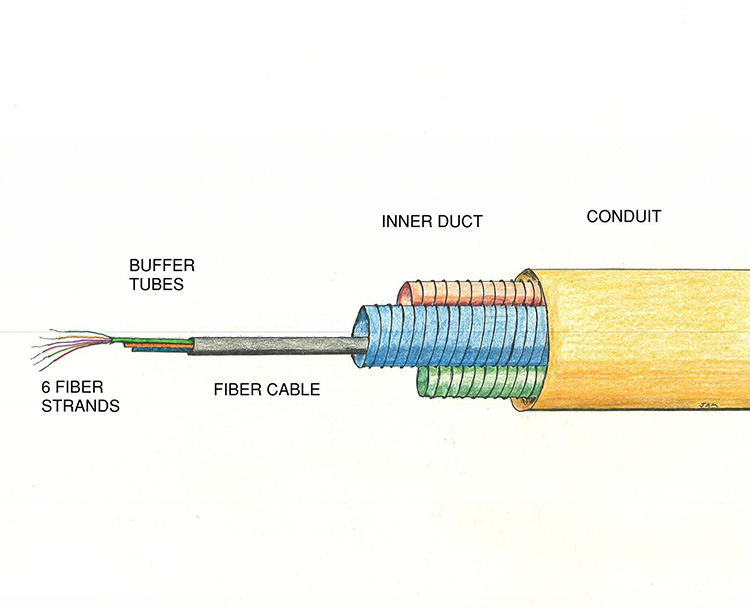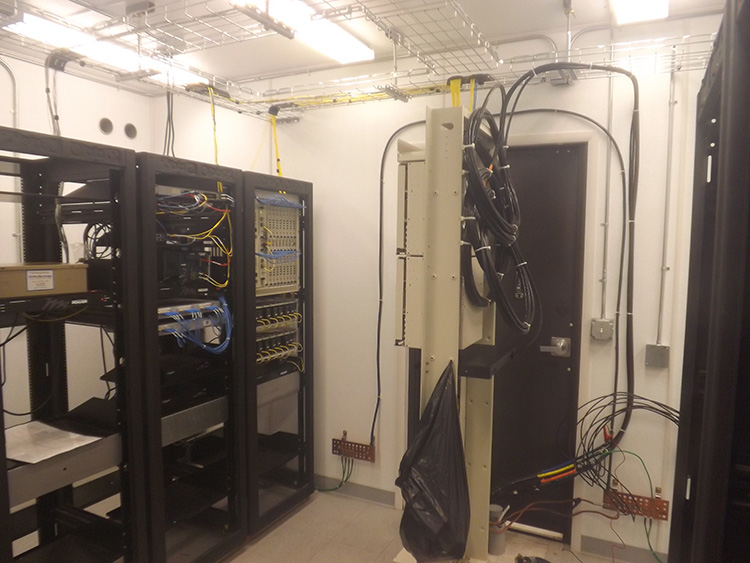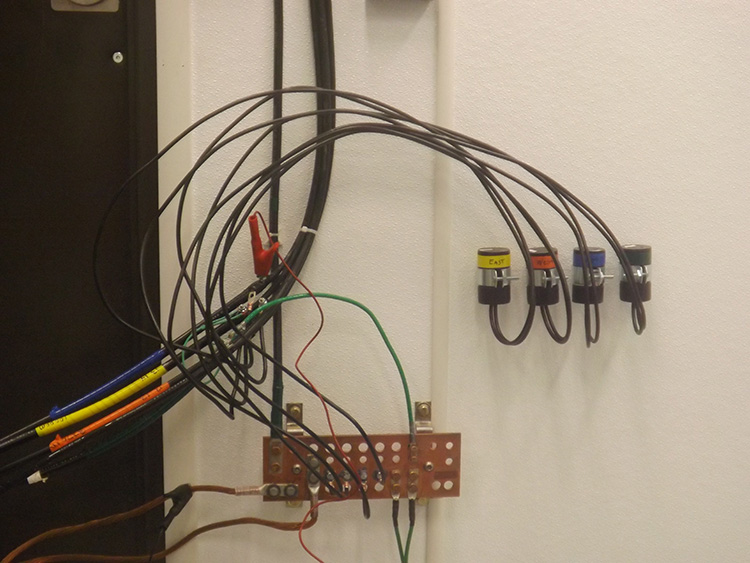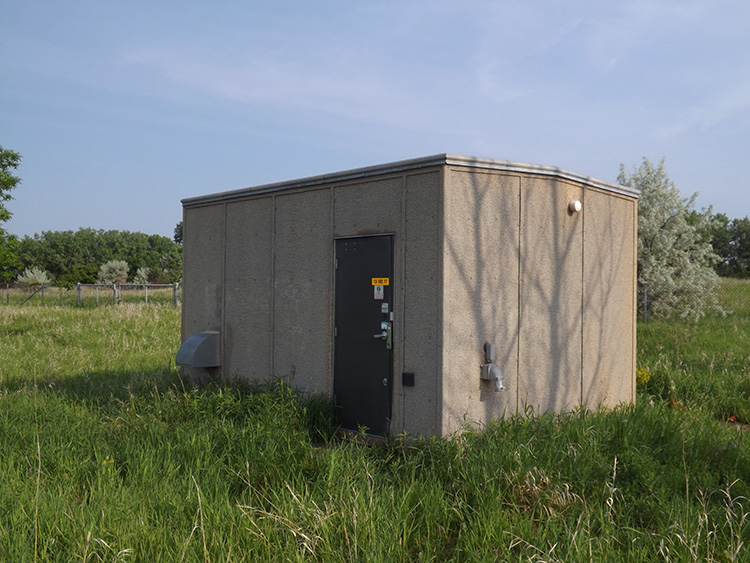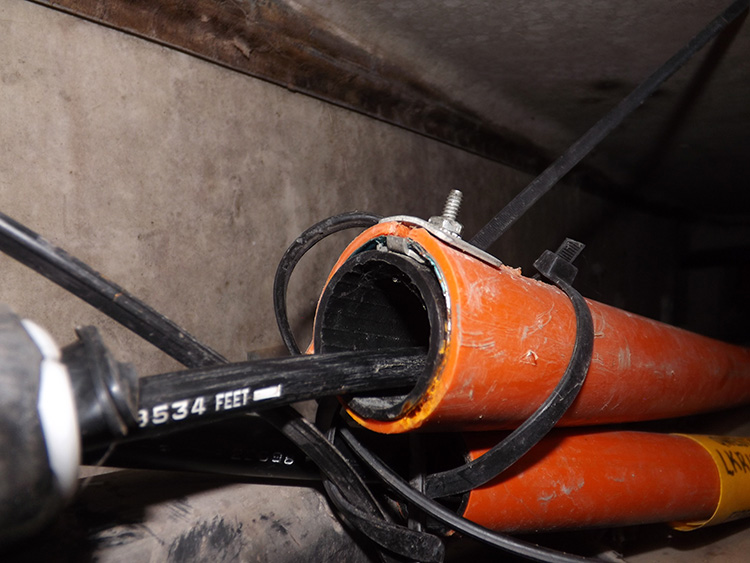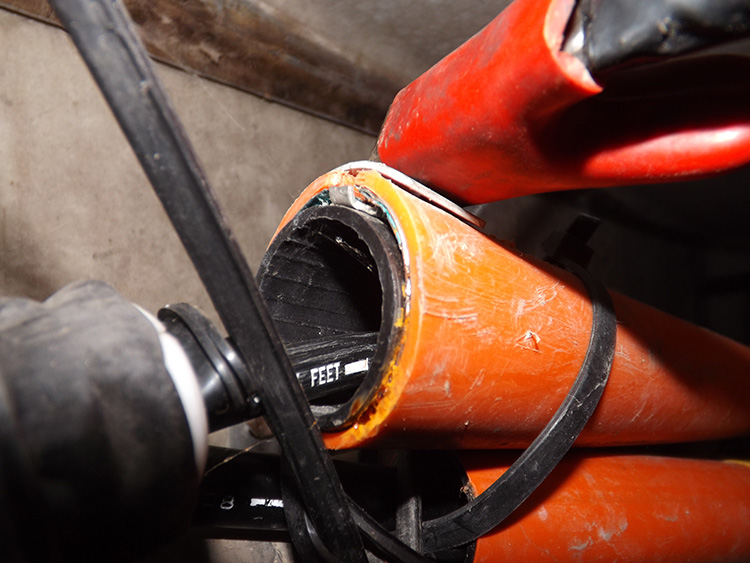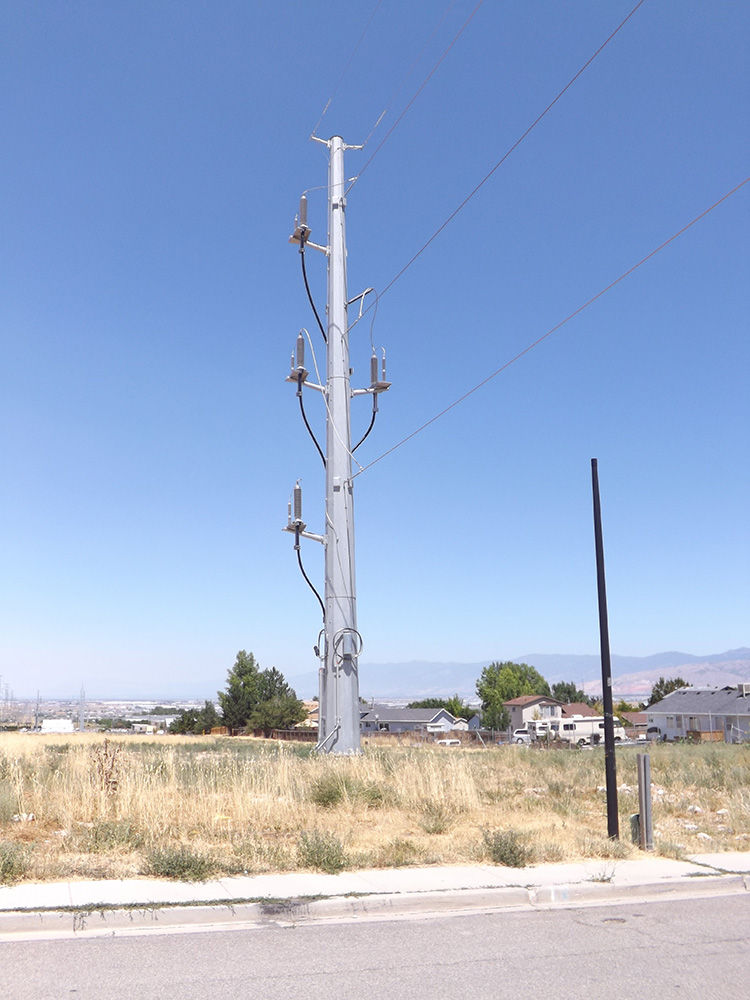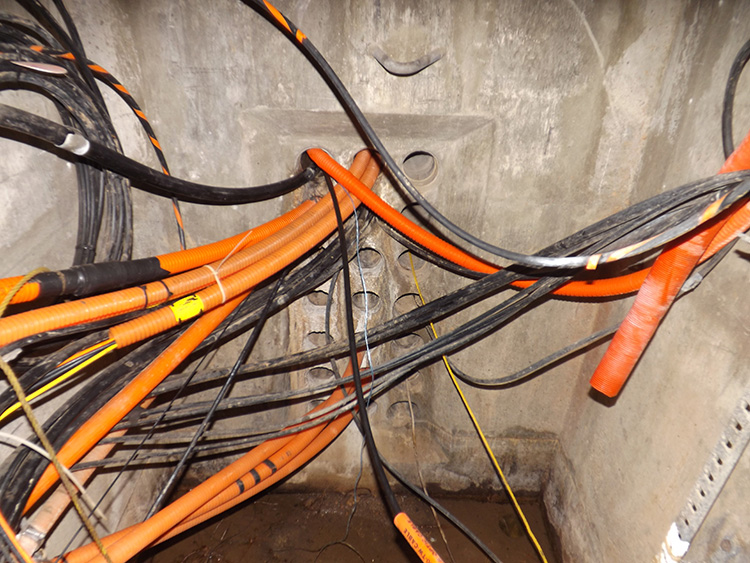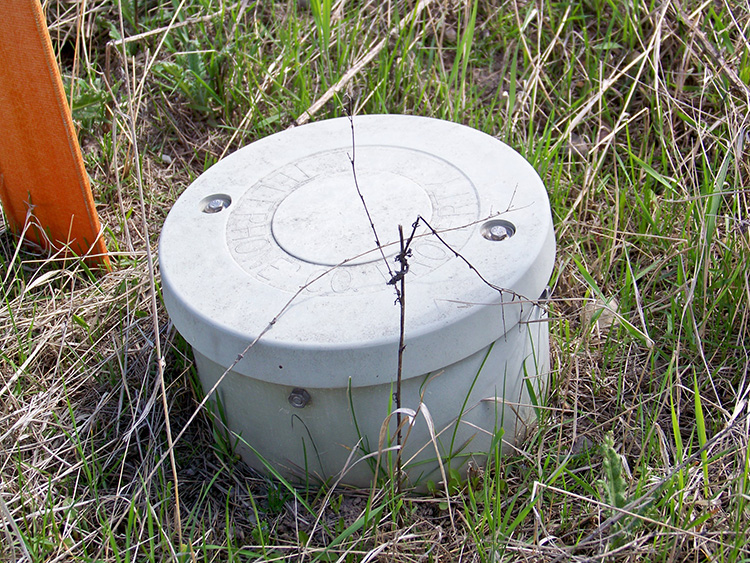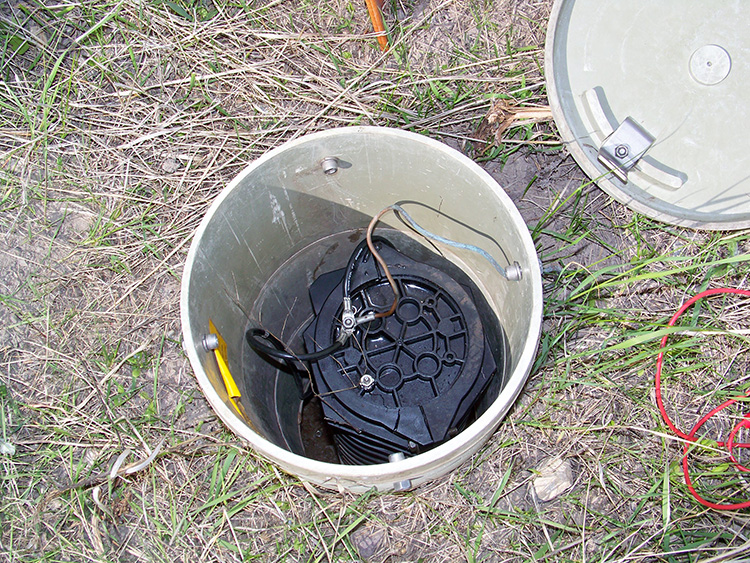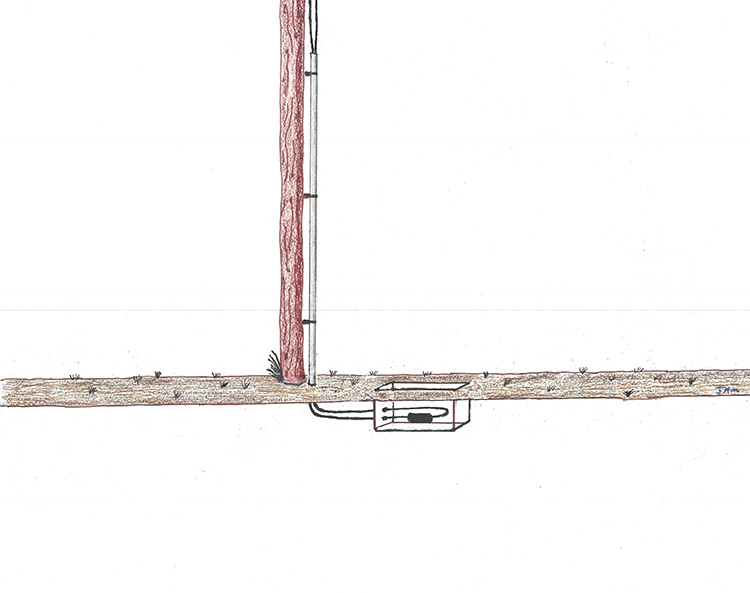INTRODUCTION
Fiber optic cable is separated here as an individual utility. For long haul fiber companies, it certainly is a separate utility. Some cities even have their own fiber system. But at the same time, Telcos and Cable TV operators have installed a great deal of fiber, and even power companies today use fiber cable for communications using a specific type of fiber cable arrangement known as OPGW.
In 1976 Bell Laboratories announced that they were working on three innovative new technologies involving communication and communication storage. The three technologies were described as millimeter waveguide transmission pipe, magnetic bubble memory, and light pulses through glass.
The waveguide transmission pipe seems to have completely disappeared. The magnetic bubble memory actually came to fruition for a short period, and you can still find an old magnetic bubble memory cartridge for sale on eBay now and then, but it was quickly overshadowed by the original floppy discs. However, it was the third technology that literally changed the world, that “light pulses through glass” that we now call fiber optic cable.
The same year that the announcement was made, Bell Laboratories was already making their first full test at their lab in Norcross, Georgia, testing a fiber optic cable that could transmit 45 million digital bits per second. This cable was a polymer made of both glass and plastic, and the “light” is provided by lasers. Optical cables are limited in how much bend is allowed, but the combination of glass and plastic produced the flexibility of glass necessary to use light impulses as a communication medium.
In May 1977 the fiber cable that had already been installed in Chicago went on-line with telephone traffic. The next year the first fiber optic trade show was held in Boston, Massachusetts, and in 1980 the Winter Olympics in Lake Placid, New York made use of fiber optic cable for carrying video signals from the various cameras. By 1985 fiber cables were being placed all across North America.





